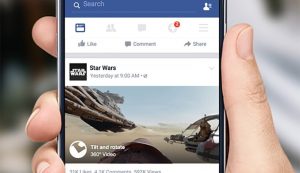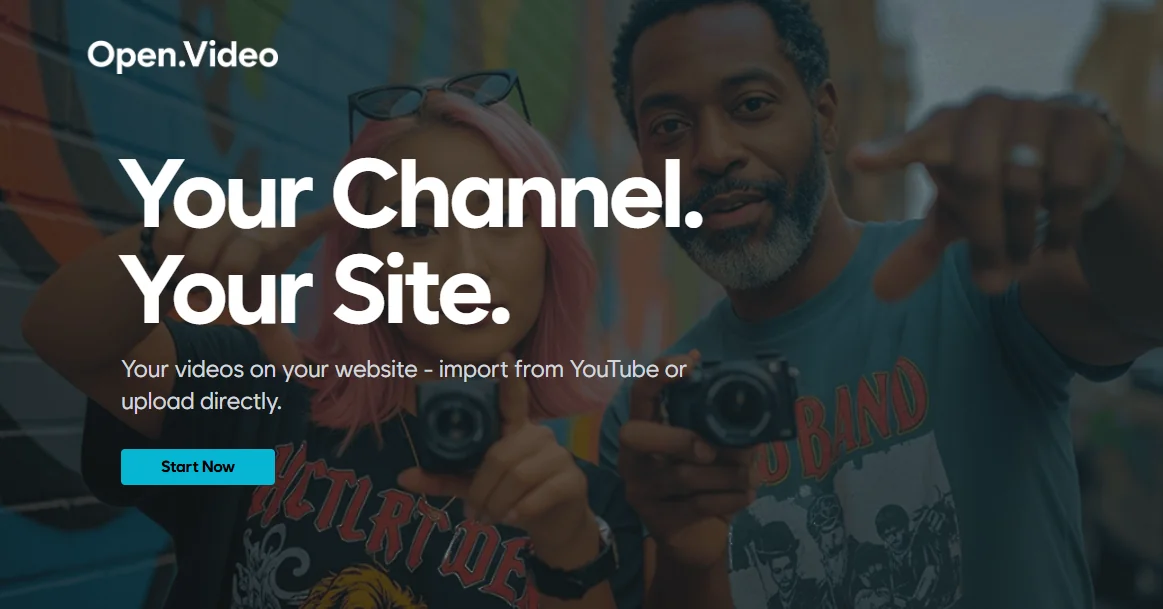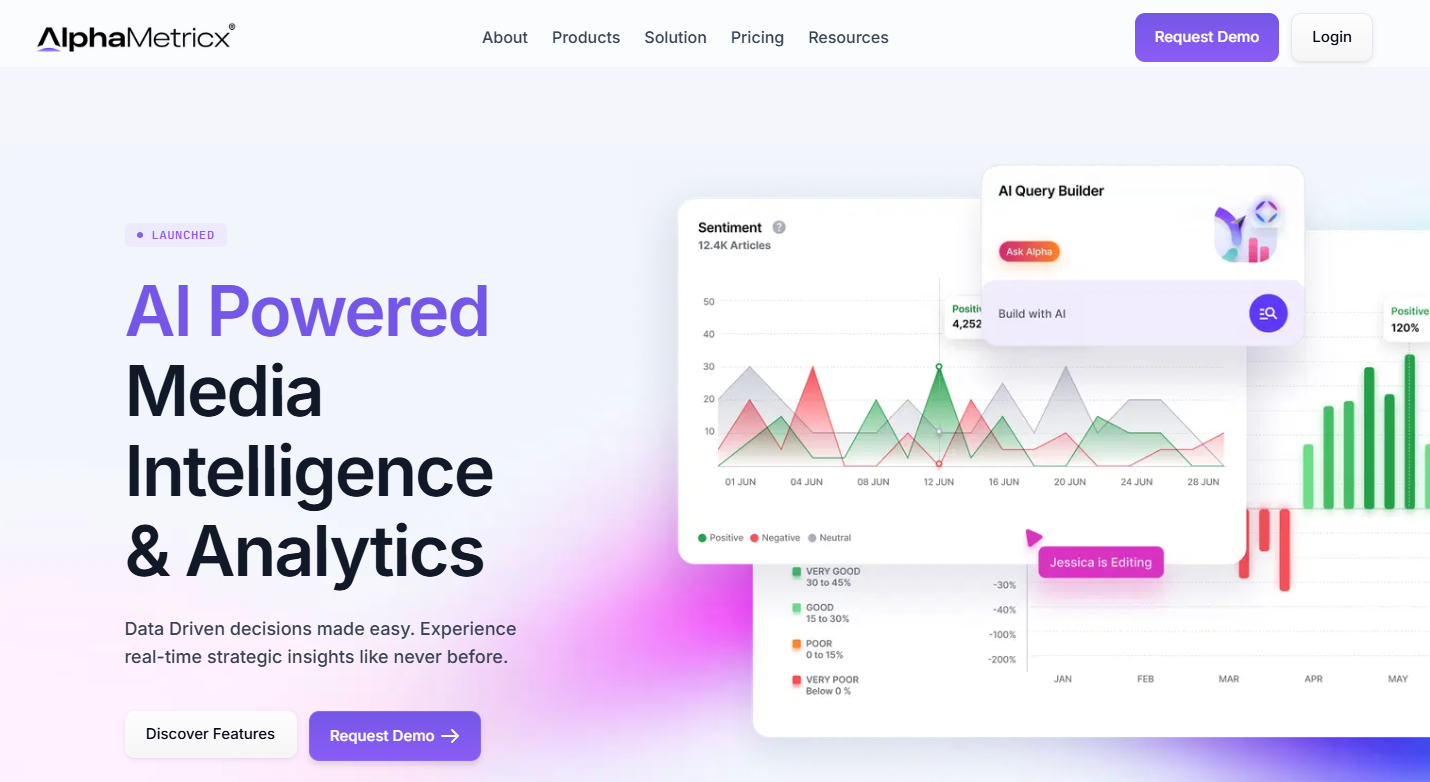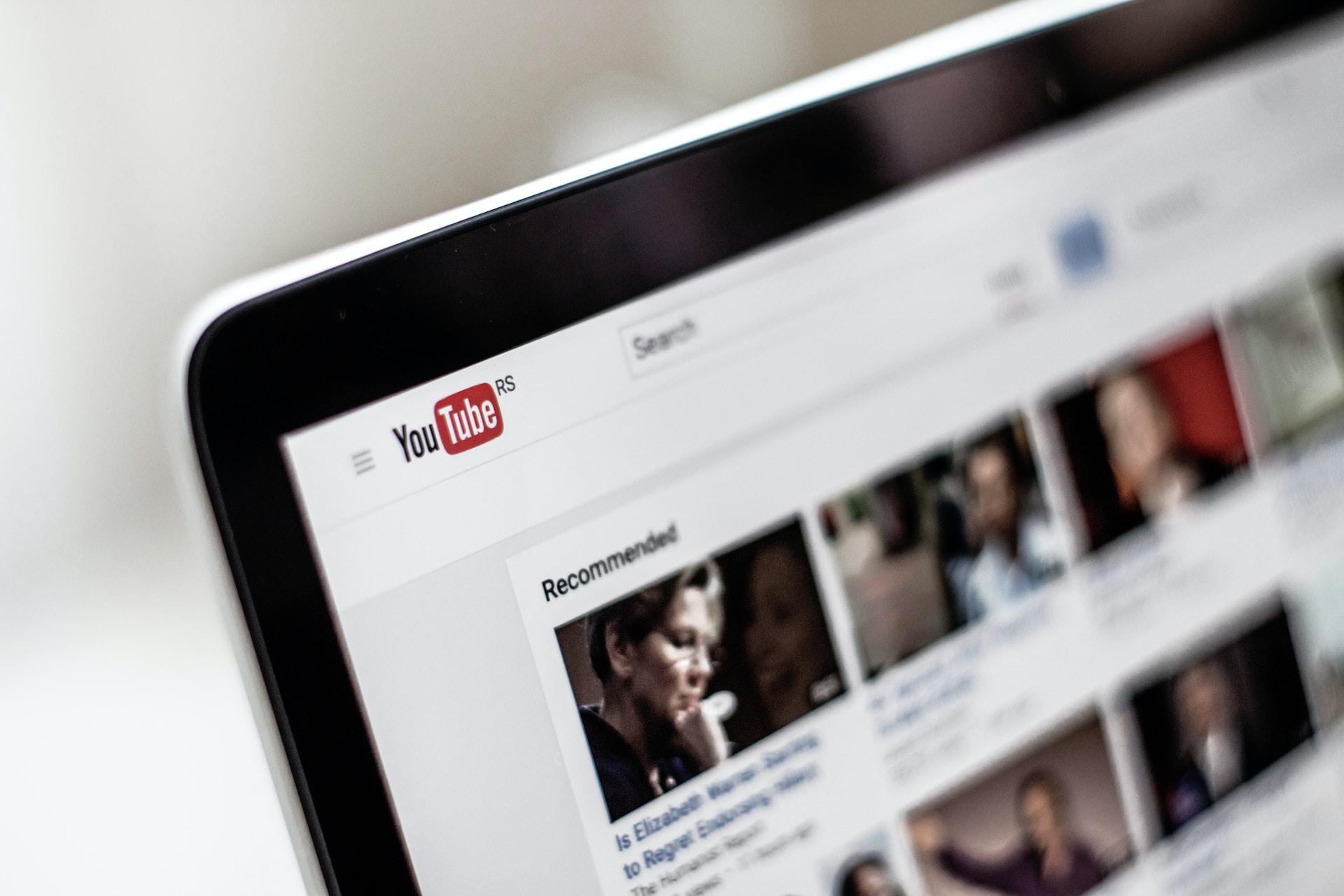Changes are coming to Facebook — namely, you’re going to start seeing longer videos in your newsfeed. State of Digital Publishing has learned that the social media empire is planning to reward video publishers whose clips are 90 seconds or longer. Comparable to the metric employed by rival YouTube, this new emphasis on watch time is apparently an attempt to siphon advertising dollars from television to Mark Zuckerberg’s social media empire.
Facebook monetization a boom for digital publishers?
Earning money from Facebook videos hasn’t been an easy endeavor for some publishers. Many report that completion rates for their videos are low, spurring them to create attention-grabbing pieces that begin with a bang to engage viewers. Even with Facebook’s auto-play feature, the rewards reaped by many publishers leaves much to be desired. Despite the fact that video views reached a whopping 100 million hours per day in 2016, publishers complained they just weren’t seeing enough revenue. One response was to allow ad-sponsored videos, a change that came into play after media giant Buzzfeed complained about subpar Facebook video earnings.
However, the leap to longer videos should result in more revenue for publishers and Facebook itself thanks to mid-roll advertising. This change allows publishers to insert advertisements after 20 seconds of video play as long as the entire clip is at least 90 seconds long. Previously, a video view was awarded after only 3 seconds of play. The new ad format is expected to make publishers and Facebook more money and hopefully motivate publishers to create high-quality videos that grab and retain viewer attention.
Facebook vs. YouTube ads
So, how does Facebook’s new video ad plan stack up against YouTube? Publishers will receive 55 percent of the advertising dollars earned, which is identical to the revenue share offered by YouTube. However, there’s a big difference between the advertising strategies of these media giants. Unlike YouTube, Facebook will not display “pre-roll” ads, a policy that came straight from CEO Zuckerberg.
The new video advertising algorithm may prove to be a favorable change for Facebook, its digital publishers and, most importantly, the viewers. At SODP, we believe that high-quality content is king. The longer video format and increased opportunities for ad revenue may serve to attract bigger publishers and spur existing publishers to focus on creating better videos that engage viewers from start to finish. And we think that’s a good thing.
Content from our partners












